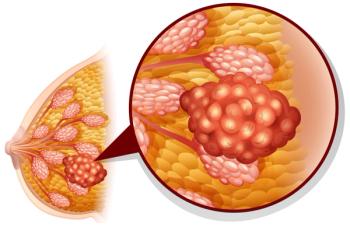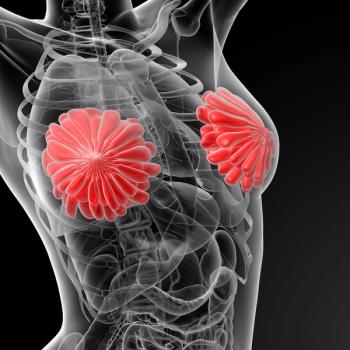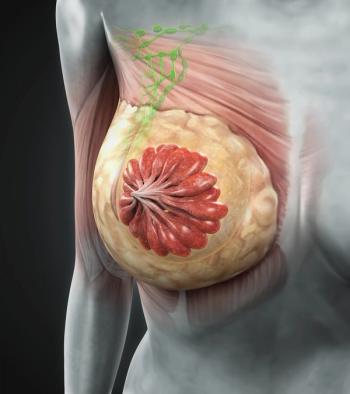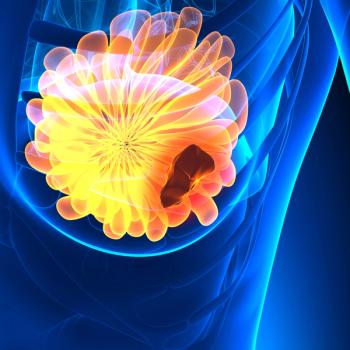
Addition of S-1 to Endocrine Therapy Postoperatively Improves Survival in HR+, HER2- Breast Cancer
Adjuvant therapy with S-1, an oral fluoropyrimidine-based drug, plus endocrine therapy postoperatively significantly increased invasive disease-free survival (IDFS) in patients with HR-positive, HER2-negative breast cancer.
Adjuvant therapy with S-1, an oral fluoropyrimidine-based drug, plus endocrine therapy postoperatively significantly increased invasive disease-free survival (IDFS) in patients with HR-positive, HER2-negative breast cancer, according to results from a phase III study presented at the San Antonio Breast Cancer Symposium, held December 10-14, in San Antonio, Texas.
S-1 is a combination drug containing tegafur¾which is a 5-fluorouracil prodrug that inhibits DNA synthesis and cell division¾gimeracil, and oteracil¾which promote tegafur activity and prevent gastrointestinal toxicity, respectively¾in a molar ratio of 1.0 to 0.4 to 1.0. It is orally administered twice daily for 14 consecutive days at a dose specifcied by base on body surface area and creatine clearance, Masakazu Toi, MD, PhD, explained, adding that the 3-week administration was repeated for 1 year.
Previous studies suggested that by combining tegafur with endocrine therapy could improve anti-tumor efficacy. “We hypothesized that adjuvant treatment with standard endocrine therapy and S-1 could improve survival outcomes compared with endocrine therapy alone,” Toi, professor of breast surgery at Kyoto University Hospital, said during a press briefing held at the conference.
Toi and colleagues evaluated the combination (n = 959), compared with standard endocrine therapy alone (n = 973), in 1,932 patients with HR-positive, HER2-negative breast cancer.
IDFS served as the primary endpoint of the study. Secondary endpoints included overall survival (OS), distant disease-free survival (DFS), DFS, safety, and predictive value of biomarkers.
The median follow-up after treatment was 51 months. The estimated 5-year IDFS in the S-1 combination arm was 86.9%, compared with 81.6% in the endocrine therapy alone arm (HR, 0.63; 95% CI, 0.49-0.81; P < .001). In total, IDFS events occurred in 101 patients and 155 patients, respectively (HR, 0.63; 95%CI, 0.49-0.81; P = .0003).
Of note, the trial was terminated early because the primary endpoint was met at the interim analysis.
Grade ≥ 3 associated with S-1 included decreased neutrophil (7.5%), diarrhea (1.9%), increase ALT (0.6%), fatigue (0.6%), decreased platelet count (0.5%), nausea (0.2%), and increased AST (0.1%).
“The oral formulation S-1, 1 year adjuvant therapy combined with endocrine therapy, would be an important treatment option for ER-positive and HER2-primary breast cancer patients having intermediate/high risk of recurrence,” Toi concluded. “Overall, the safety profile of S-1 was manageable.”
Reference:
Toi M, Imoto S, Ishida T, et al. Addition of S-1 to endocrine therapy in the post-operative adjuvant treatment of hormone receptor-positive and human epidermal growth factor receptor 2-negative primary breast cancer: A multicenter, open-label, phase 3 randomized trial (POTENT trial). Presented at: the San Antonio Breast Cancer Symposium; December 10-14, 2019; San Antonio, Texas. Abstract GS1-09.
Newsletter
Stay up to date on recent advances in the multidisciplinary approach to cancer.





